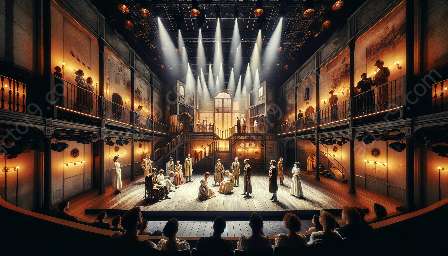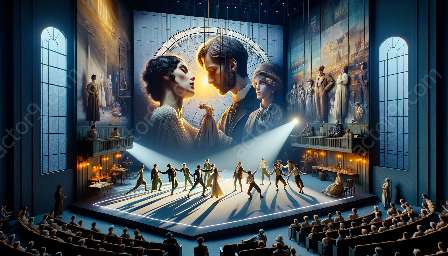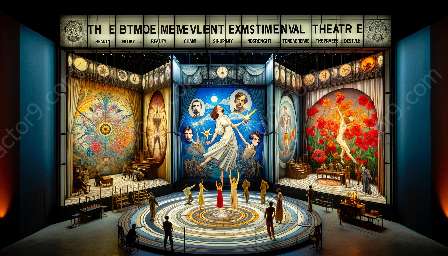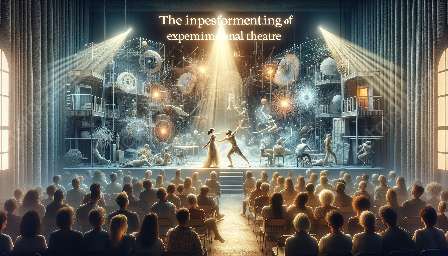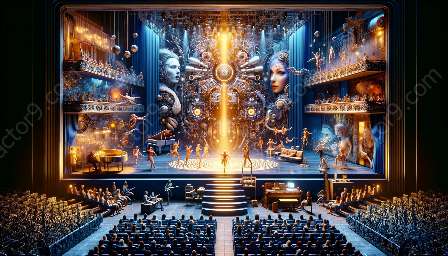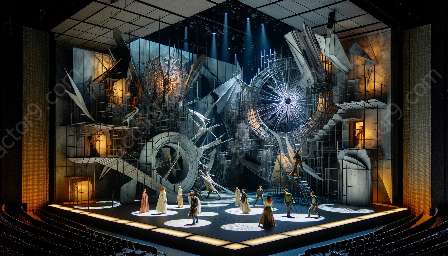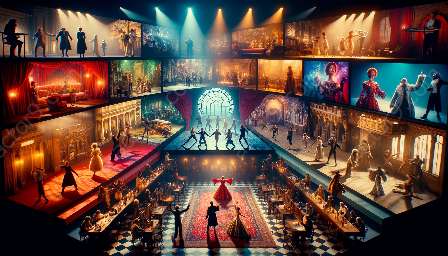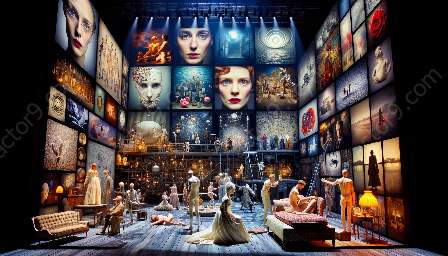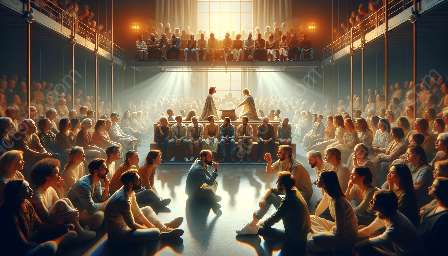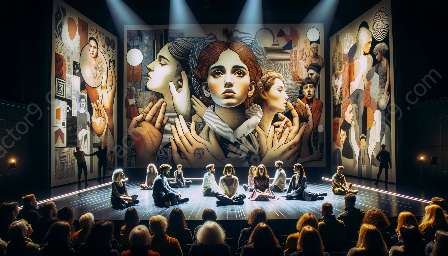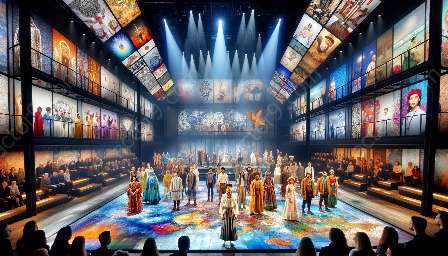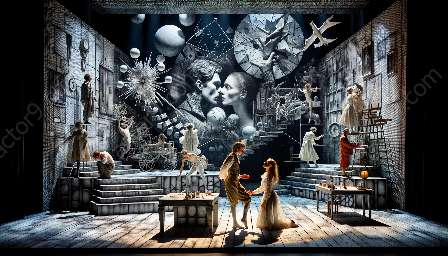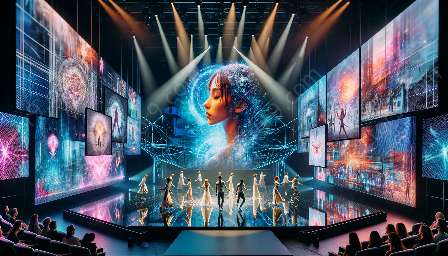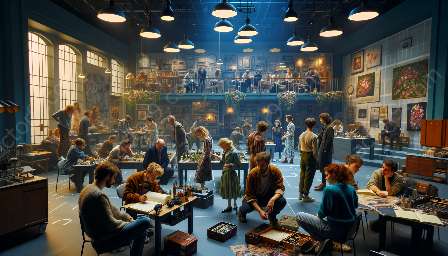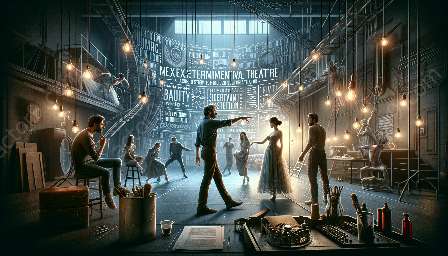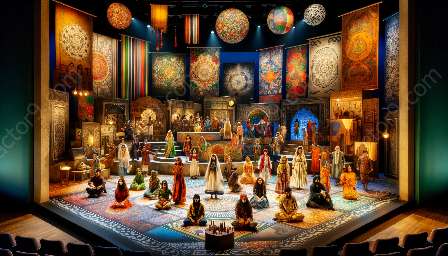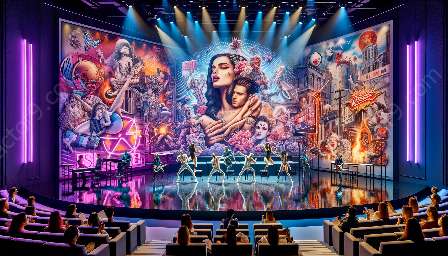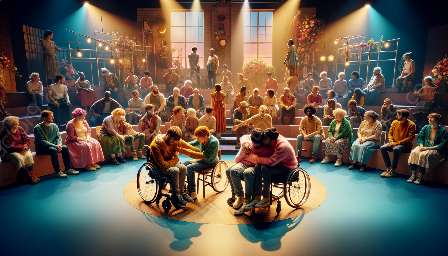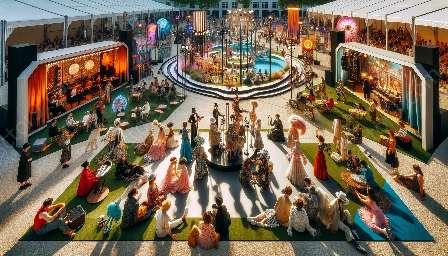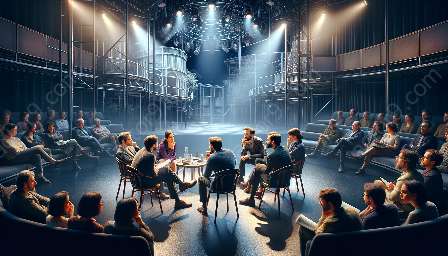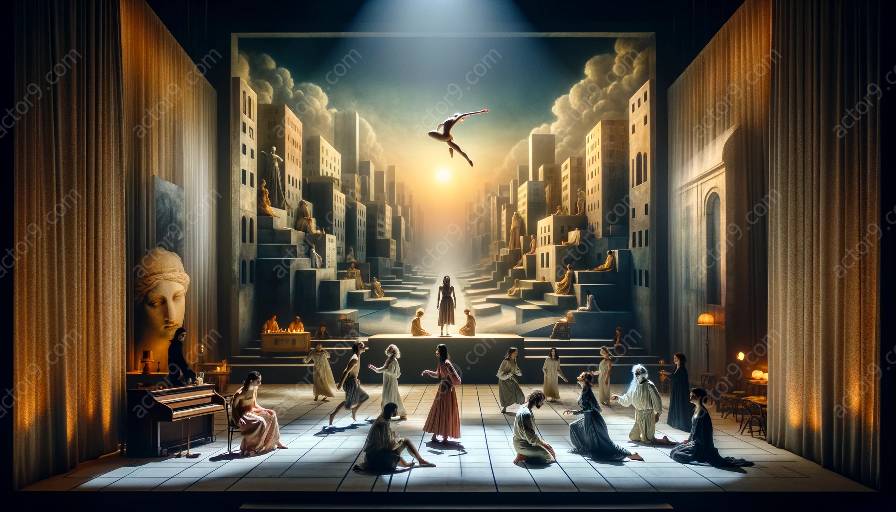Introduction
Experimental theatre thrives on the principles of innovation, non-conformity, and unconventional storytelling. It often involves a collaborative approach, drawing on the expertise of various professionals to bring forth a unique and immersive theatrical experience. One of the critical components that significantly contribute to the success of experimental theatre is the scenic and lighting design.
The Importance of Scenic Design
Scenic design plays a pivotal role in shaping the visual landscape of the performance space. In collaborative experimental theatre, the scenic design is not merely about creating a physical environment; it is an integral part of the storytelling process. Collaborative approaches in experimental theatre emphasize the synergy between the playwright, director, and designers to develop a holistic vision for the production.
The Collaborative Process
The collaborative process in experimental theatre often involves extensive communication and brainstorming sessions between the creative team members. Scenic designers work closely with the director and other production members to align their designs with the overarching themes and concepts of the play. It is a dynamic and interactive process that encourages experimentation and exploration of unconventional ideas.
Impact of Scenic Design
The scenic design in collaborative experimental theatre has a profound impact on the audience's perception and understanding of the performance. It has the potential to transport the audience to different realms, evoke emotions, and create a visually captivating experience. The integration of scenic elements not only enhances the storytelling but also serves as a catalyst for immersive audience engagement.
The Role of Lighting Design
Lighting design is a crucial aspect of theatrical production, particularly in the context of experimental theatre. In collaborative experimental theatre, lighting designers collaborate with other team members to conceive lighting schemes that complement the scenic design and enhance the overall atmosphere of the performance.
Collaborative Approaches in Lighting Design
Collaborative approaches in lighting design involve a fusion of artistic vision, technical expertise, and innovation. Lighting designers work in tandem with the director, scenic designer, and sound designer to craft lighting sequences that seamlessly integrate with the narrative and emotional arc of the production.
Creating Atmosphere and Mood
Lighting design is instrumental in creating the atmosphere and mood of the performance. Through the use of color, intensity, and spatial manipulation, lighting designers can evoke a wide range of emotions and accentuate the thematic elements of the play. The collaborative synergy between the creative team members ensures that the lighting design harmoniously contributes to the overall theatrical experience.
Embracing Innovation and Experimentation
Experimental theatre thrives on pushing boundaries and defying conventions. Collaborative approaches in scenic and lighting design encourage innovation and experimentation, allowing designers to explore unconventional techniques and concepts. This spirit of creative exploration contributes to the evolution of experimental theatre, enriching the audience's encounter with the art form.
Conclusion
The marriage of scenic and lighting design with collaborative approaches in experimental theatre yields a dynamic and multifaceted theatrical experience. The seamless integration of these design elements amplifies the impact of the performance, captivating audiences and immersing them in a world of boundless creativity and imagination.

